The Lifeline of Ancient Egypt: Teaching Kids About the Nile River Through Play and Exploration
Subscribe & Get Free E-books!
Subscribe to our channel and fill out the form below to receive exclusive free e-books directly in your inbox.
If your child enjoyed Journey to Ancient Egypt, there’s one part of the episode that might have gone unnoticed but deserves a spotlight—the Nile River.
While the pyramids and pharaohs get most of the attention, ancient Egypt simply wouldn’t have existed without the Nile. It wasn’t just a river—it was the heart of Egyptian life. And for kids, understanding why a river could be so important helps them think about geography, nature, and how humans adapt to their environment.
In a world where water comes from a faucet, it’s hard for children to imagine relying on a river for everything—from food and farming to transportation and trade. That’s why exploring the Nile is a perfect follow-up topic that blends history, science, and hands-on learning.
Why the Nile Matters—and Why Kids Should Learn About It
The Nile gave Egypt life. It flooded each year, leaving behind rich soil for farming. People settled near it, traveled on it, and built their cities around it. Crops grew because of it. Entire belief systems even formed around its presence.
Helping children connect these dots—how geography shapes culture—is a powerful way to build awareness of how the world works. It also gives them a sense of gratitude for the resources they often take for granted.
Fun and Simple Ways to Explore the Nile With Your Child
1. Create a “Flood and Farm” Simulation
Use a baking tray, a strip of foil or blue paper (for the river), and a few scoops of dirt. Add seeds like lentils or grass. “Flood” the area with water and observe what happens over a few days. Kids can learn how water helps plants grow—and why flooding was essential in ancient Egypt.
Tip: Chart the plant growth over time for an easy science tie-in.
2. Draw a Map of Ancient Egypt
Together, draw a simple map with the Nile River down the center. Add pyramids, temples, farms, and boats. Label cities like Thebes or Memphis, and talk about why people lived so close to the water.
Conversation starter: “What would happen if there was no Nile? Where would they live?”
3. Float a Papyrus Boat
Craft a mini boat using paper, foil, or sponge pieces. Place it in a sink or tub and discuss how the Egyptians used boats for transportation and trade. Experiment with different materials and designs.
STEM Connection: Experiment to see which boat design floats the best and can hold the most “cargo” (such as small pebbles or beads).
4. Compare the Nile to Your Local River or Lake
If you have a nearby body of water, take a short trip and observe how it’s used. Do animals drink from it? Are people fishing, paddling, or watering plants? Help your child compare it to what ancient Egyptians may have done on the Nile.
Question to ask: “How do we still rely on water today?”
What Children Gain From Nile-Based Learning
-
Geographic awareness: Understanding how location affects survival
-
Scientific thinking: Observing cause and effect (flooding = crops)
-
Cultural appreciation: Learning how people lived differently—but also similarly
-
Environmental responsibility: Seeing water as a shared, limited resource
Journey to Ancient Egypt was the gateway. But diving deeper into the Nile’s importance helps your child see how nature and civilization are forever linked.
And who knows? That little paper boat floating in your sink might just launch a lifelong interest in geography, ecology, or even engineering.
Frequently Asked Questions (FAQs)
Helping Kids Understand the Nile River After Watching Time Travelling Tots
1. Why is the Nile River important in ancient Egyptian history?
The Nile River was essential to ancient Egypt, acting as the main source of life and the foundation of its civilization. It provided water for drinking, bathing, farming, and transportation. Its annual floods helped grow crops, and many Egyptian cities were built along its banks. Without the Nile, the civilization of ancient Egypt could not have survived in the desert landscape.
2. What can my child learn from exploring the Nile River topic?
Your child will learn:
-
Basic geography and the importance of natural resources
-
How people adapt to their environments
-
The role rivers play in farming, trade, and settlement
-
Early science concepts like plant growth, erosion, and cause and effect
3. Is the topic of the Nile River appropriate for younger children (ages 4–8)?
Yes, absolutely. The concept of rivers and growing plants is very relatable at this age. With simple activities—like building a river model or drawing a map—you can make abstract ideas like flooding and farming easy to understand and fun to explore.
4. How do I make the topic more engaging for my child?
Focus on hands-on learning. Let them build a river scene, flood a tray to simulate crops growing, or float boats like the Egyptians did. Storytelling also helps—try saying, “Imagine you lived near the Nile 5,000 years ago. What would your day look like?”
5. Are there books or videos I can use to reinforce the lesson?
Yes! Look for children’s books like The Nile River by Allan Fowler or You Wouldn’t Want to Be an Egyptian Mummy! by David Stewart, which includes cultural context. For videos, many child-friendly clips on YouTube offer animated explanations of the Nile’s role in Egypt.
6. What if my child just wants to talk about pyramids—how can I shift the focus to the river?
Pyramids are a great starting point! Ask, “Where do you think they got the stones?” or “How did they move them?” Then explain that boats on the Nile carried materials. You can also connect farming and food—no Nile, no bread for the builders!
7. Can this topic tie into school subjects like science and geography?
Definitely. You’re covering earth science (flooding, soil, water cycles), geography (maps, regions, resources), and even environmental studies (how humans use and protect water). It’s a natural cross-curricular topic that supports learning in and out of the classroom.
8. How long should these activities take?
Each hands-on activity—like creating a Nile model or floating a boat—can be done in 15 to 30 minutes. They’re flexible, low-prep, and easy to fit into after-school time or a weekend afternoon.
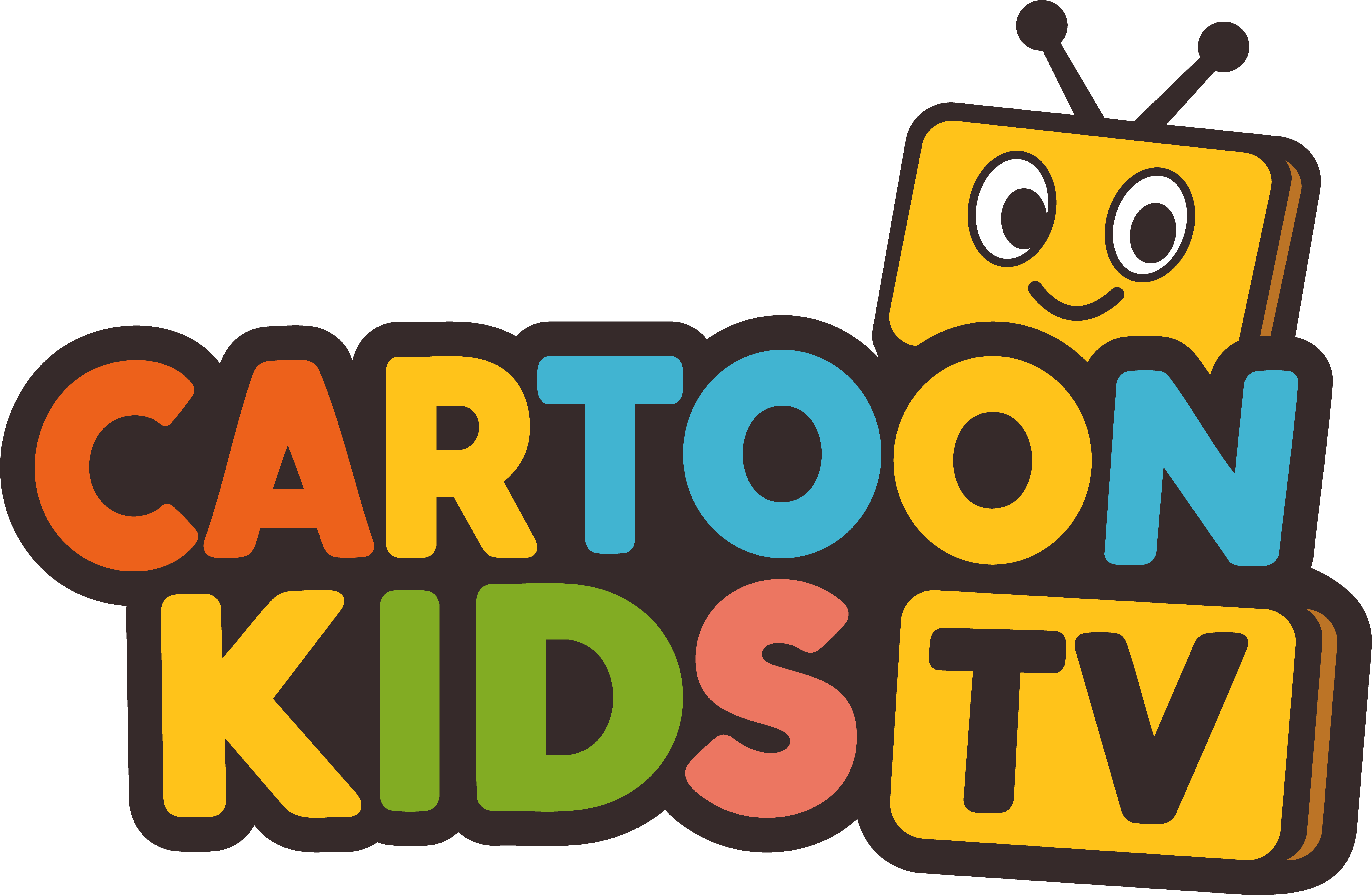
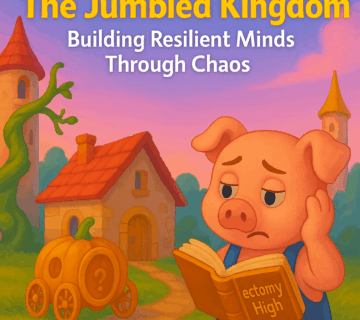

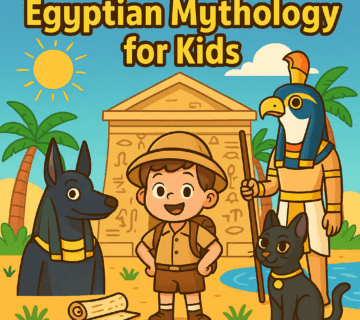
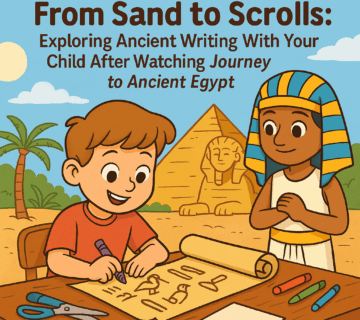
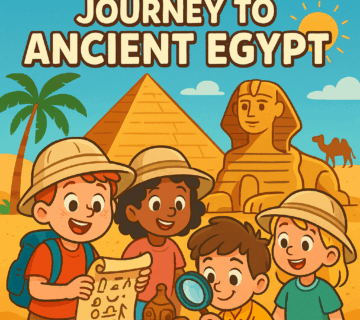
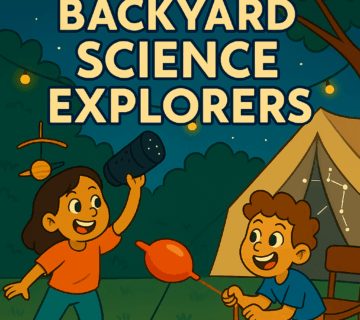
No comment